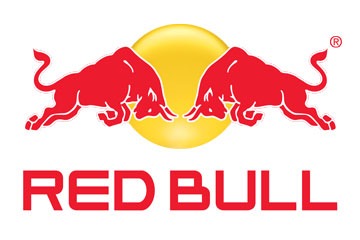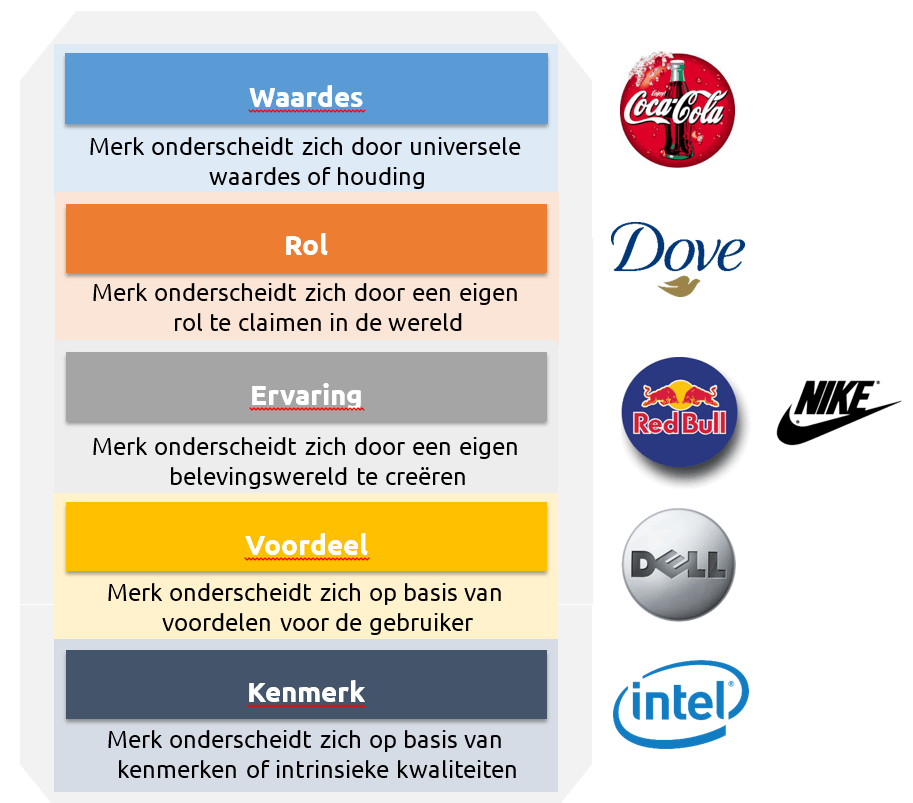*Positioning
Red Bull positioning: the 5 most important lessons

Ever wonder what’s actually in a can of Red Bull? If you’re like most, you probably don’t. But mention Red Bull, and you’re instantly hit with visions of extreme sports and a surge of energy. It’s this unique association that makes Red Bull a goldmine for marketers. How did they pull it off? In just 30 years, Red Bull has soared to become the most iconic drink after Coca-Cola, shattering marketing conventions along the way. So, what positioning secrets can you learn from Red Bull, and what strategies can you start applying as soon as tomorrow?
Podcast about Red Bull positioning
With the passing of founder Mateschitz, Red Bull faces intriguing times. Tune into our podcast as we delve into the potential impacts on the brand.
The Founding of Red Bull
 Founded in 1984, Red Bull only hit the Austrian market in 1987. The founding duo discovered the formula on a trip to Thailand but needed another year to tweak it for Western tastes. Operating on a shoestring budget, they smartly targeted students and young professionals with direct, viral marketing tactics. Astonishingly, within a decade, Red Bull had not only taken Europe and the USA by storm but also carved out a new market segment: the energy drink. Let’s break down Red Bull’s positioning and marketing strategy that allowed it to rapidly captivate the globe.
Founded in 1984, Red Bull only hit the Austrian market in 1987. The founding duo discovered the formula on a trip to Thailand but needed another year to tweak it for Western tastes. Operating on a shoestring budget, they smartly targeted students and young professionals with direct, viral marketing tactics. Astonishingly, within a decade, Red Bull had not only taken Europe and the USA by storm but also carved out a new market segment: the energy drink. Let’s break down Red Bull’s positioning and marketing strategy that allowed it to rapidly captivate the globe.
Red Bull Positioning Explained

Photo by Jim Bauer
Founder Mateschitz’s experience with a Thai energy drink for jet lag relief might just be the genesis of the ‘gives you wings’ slogan. Red Bull’s mastery in linking the drink to peak performance has positioned it as the essential boost for achieving extraordinary outcomes. Notice how they sidestep the actual taste or effects of the drink, focusing instead on the achievements it enables you to reach! Particularly striking is their minimal emphasis on social impact; Red Bull isn’t about improving the world but enhancing your world. This forward-thinking positioning has propelled them to sell 5.5 billion cans annually, dominating the market with often over 40% market share.
Red Bull’s Marketing Strategy
Red Bull’s strategy is all about forging direct, physical connections with its audience (men aged 18-35) at concerts, festivals, and extreme sports events. The brand then leverages its unique, premium content to captivate a broader audience, selling not just a drink but a lifestyle, where fun and experience are always front and center.
By focusing on the communication level, it’s clear how Red Bull’s marketing distinctly stands out. Prioritizing experiences over the product itself allowed Red Bull to craft its own universe, synonymous with extreme sports. Their investment in arenas like Formula 1 only amplifies this effect.
Freedom is a core value in Red Bull’s realm, reflected in how each region tailors events and sports to their audience, bound only by maintaining a consistent ‘tone of voice’ globally, as per Mateschitz.
Red Bull Positioning: Key Lessons
From Red Bull’s playbook, here are crucial takeaways for your business’s positioning and marketing strategy:
- Breaking market conventions can yield immense benefits. Using a competitive matrix helps map out your rivals’ positioning, guiding you towards uncharted territories.
- Delve into different levels of communication. If your market competitors focus on features or benefits, why not envision a world centered around your customers, highlighting your product or service’s role in it?
- Consistency is king. Ensure a unified tone of voice across all communications. This consistency builds recognition and trust.
- Assess your mediums and channels carefully. Red Bull’s targeted, cost-effective strategy reached their key demographic not through traditional ads but via direct, one-on-one interactions.
- Embody your positioning. Red Bull lives by its ‘gives you wings’ mantra, offering flying lessons to employees and ensuring the founder’s lifestyle mirrors the brand’s ethos.
Positioning of Red Bull: A Masterclass
Even if you’re not a fan of the taste, Red Bull’s world likely resonates with you, stirring a sense of adventure. By aligning your positioning strategy with Red Bull’s lessons, you challenge your business to innovate and uncover new insights.
Keen to dive deeper into positioning strategies? Our Positioning page offers comprehensive articles, examples, and models to tackle any positioning challenge you face.
